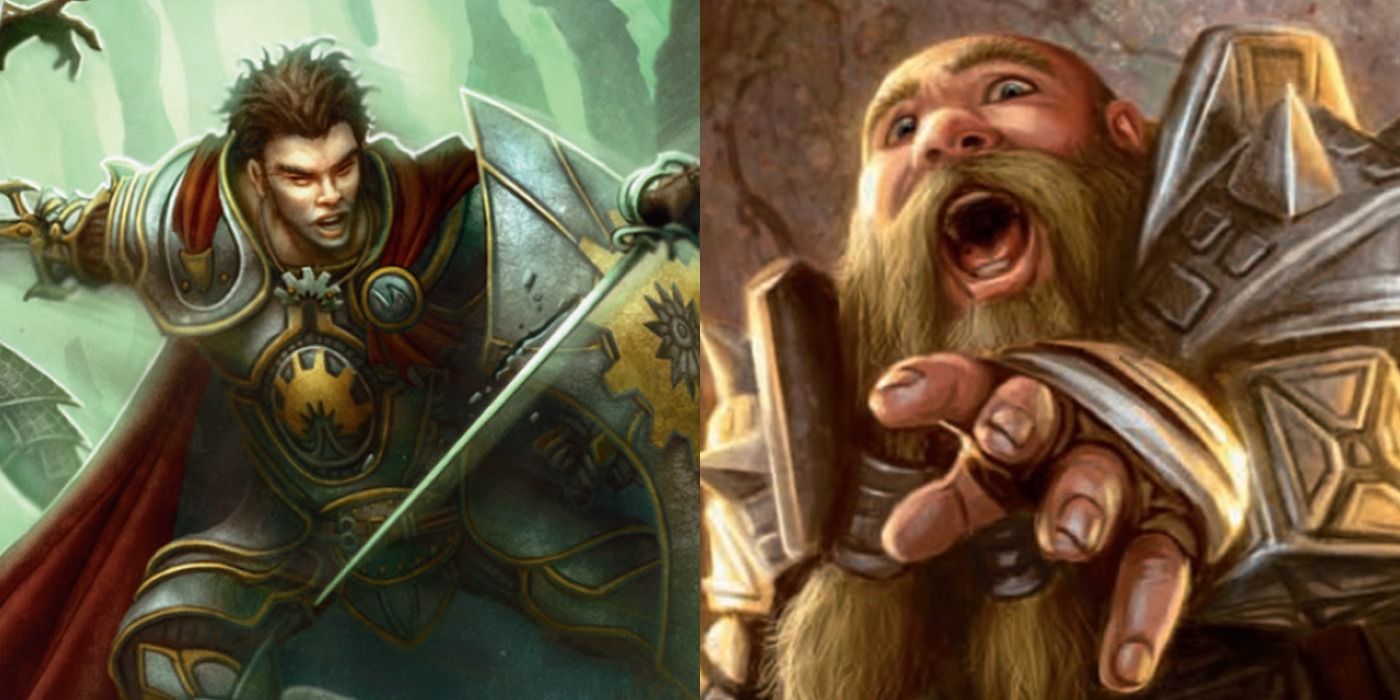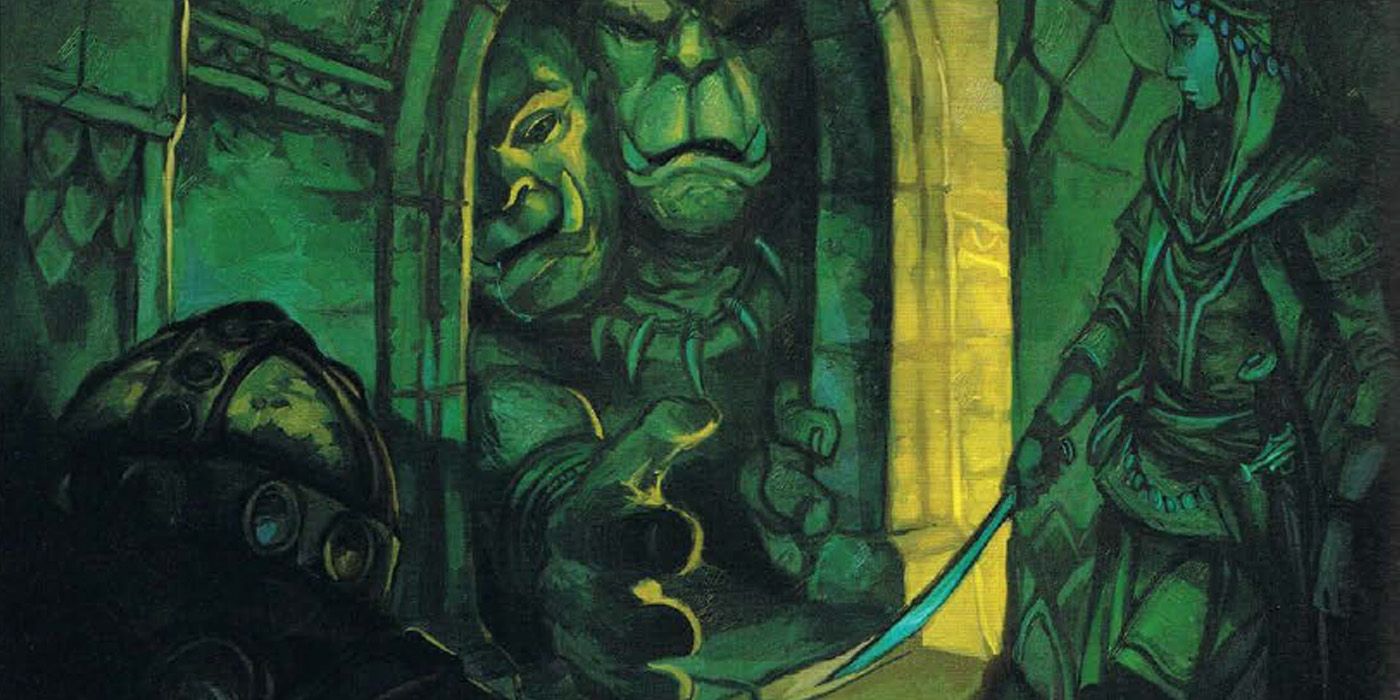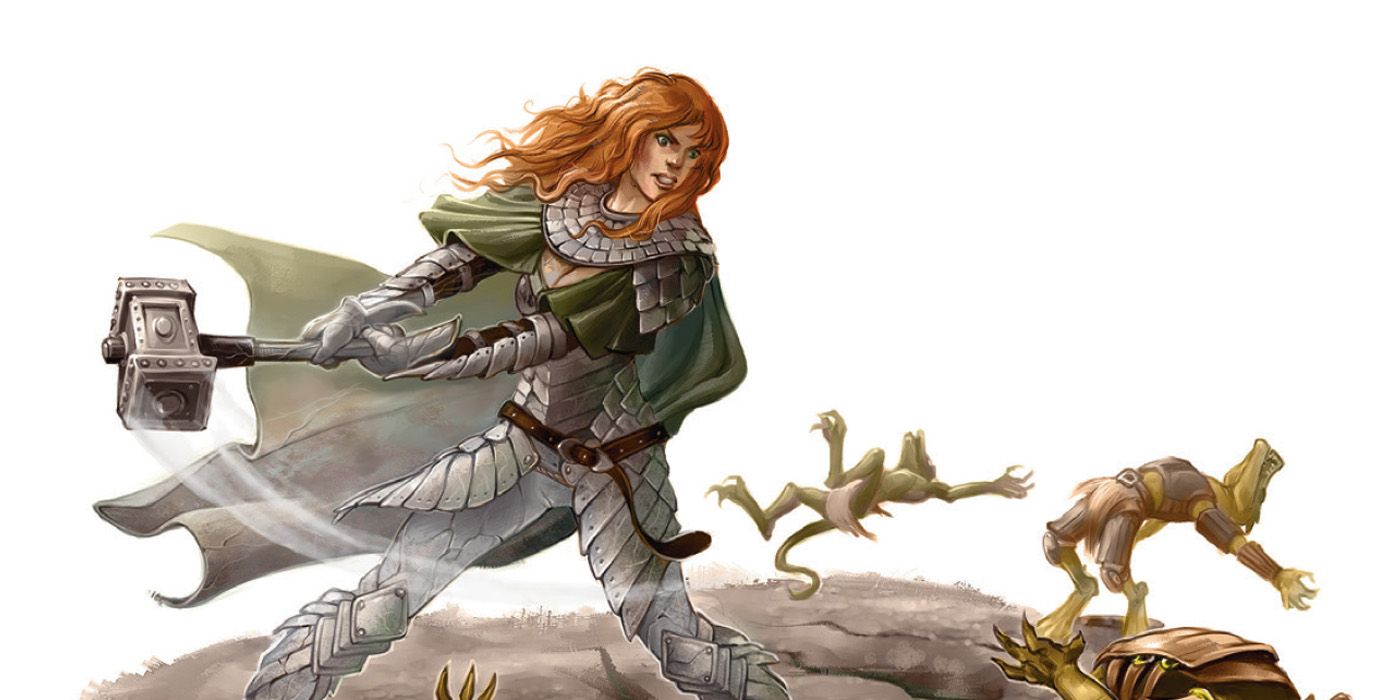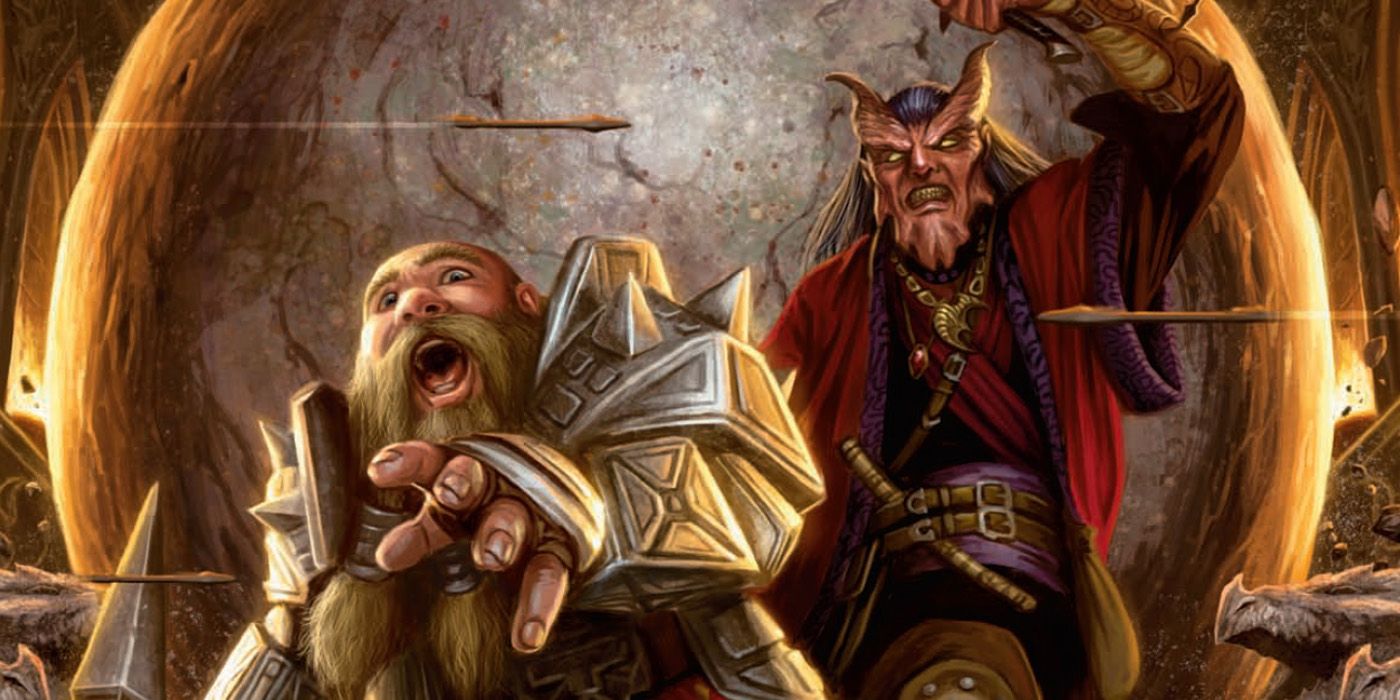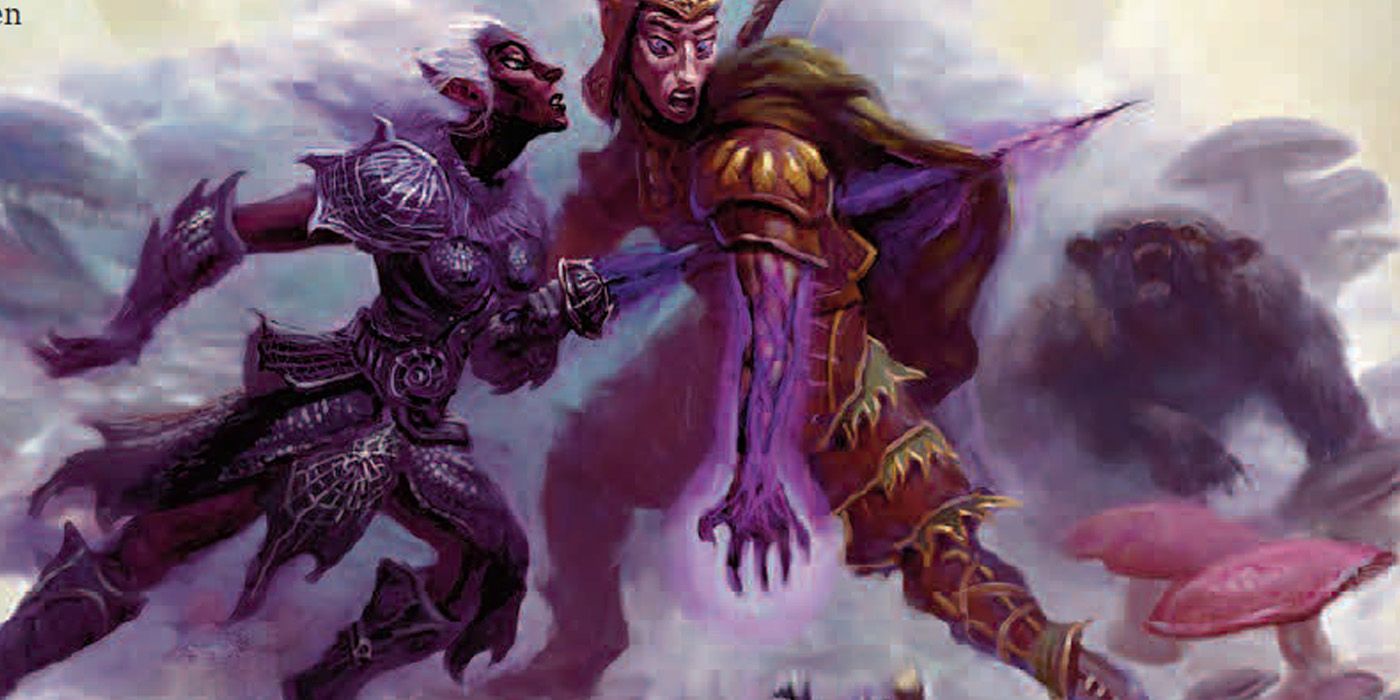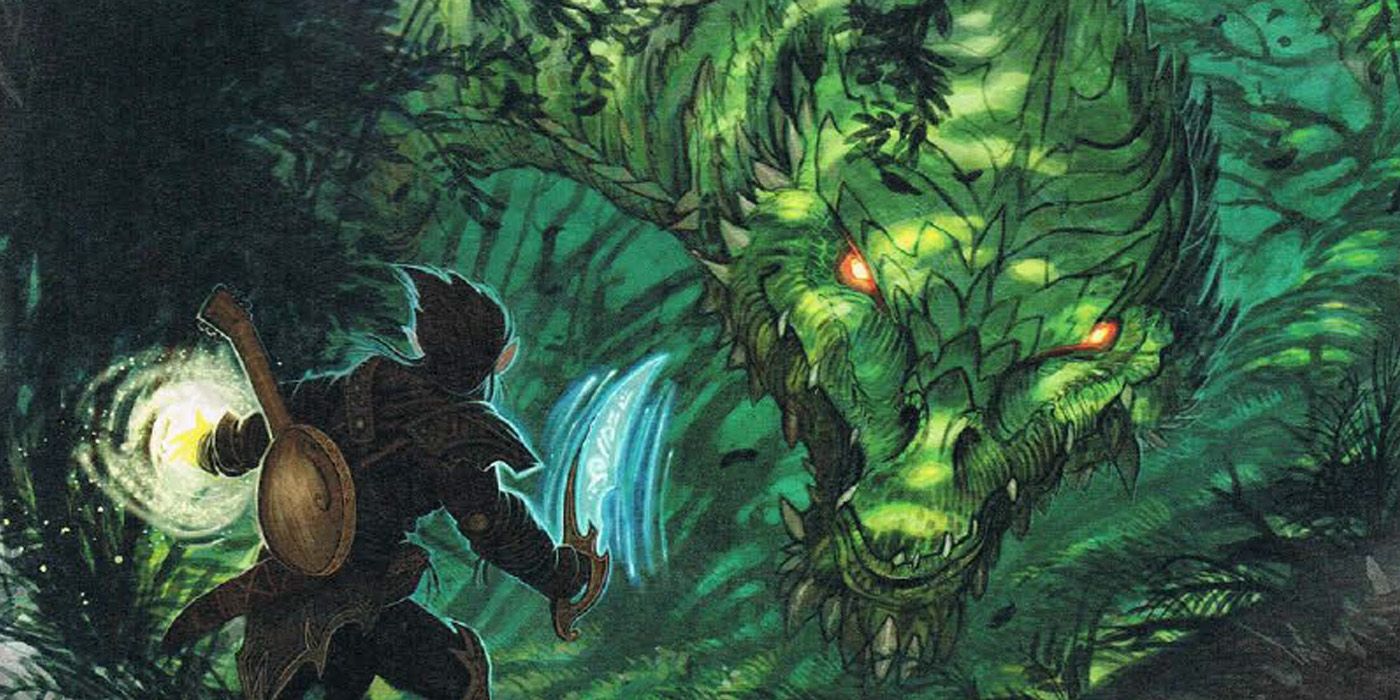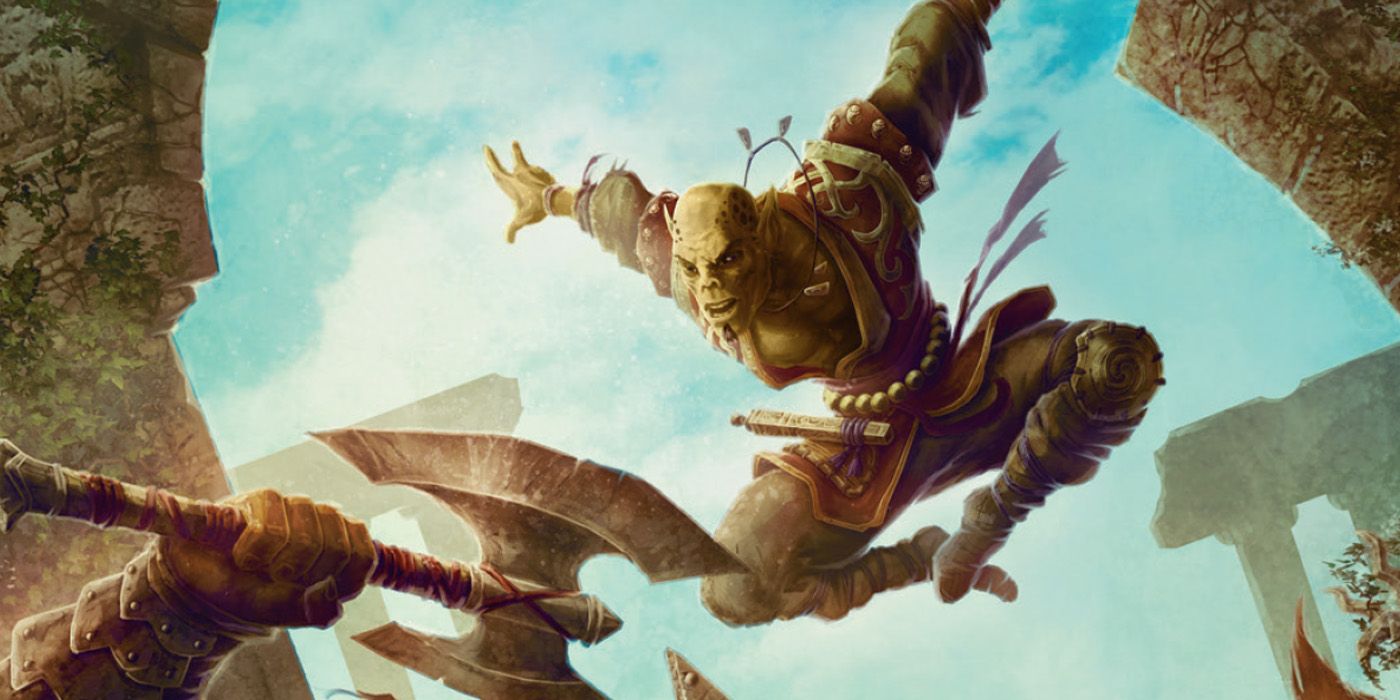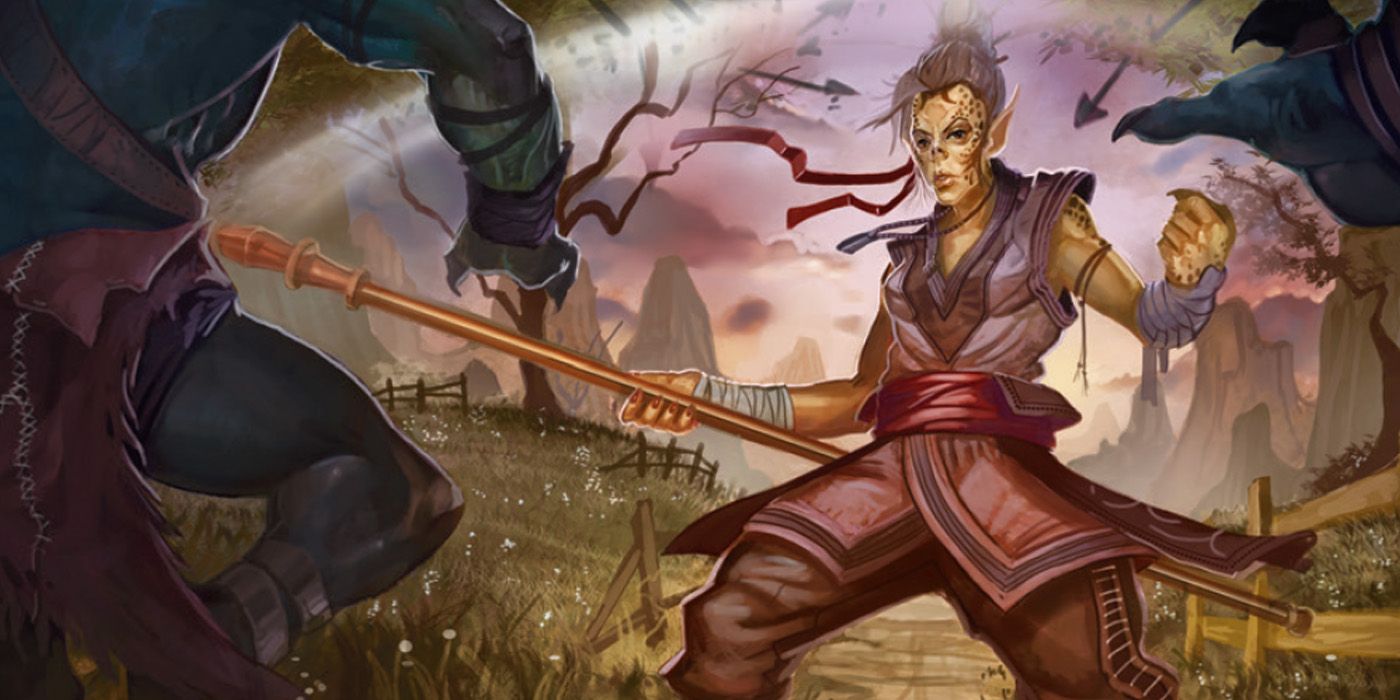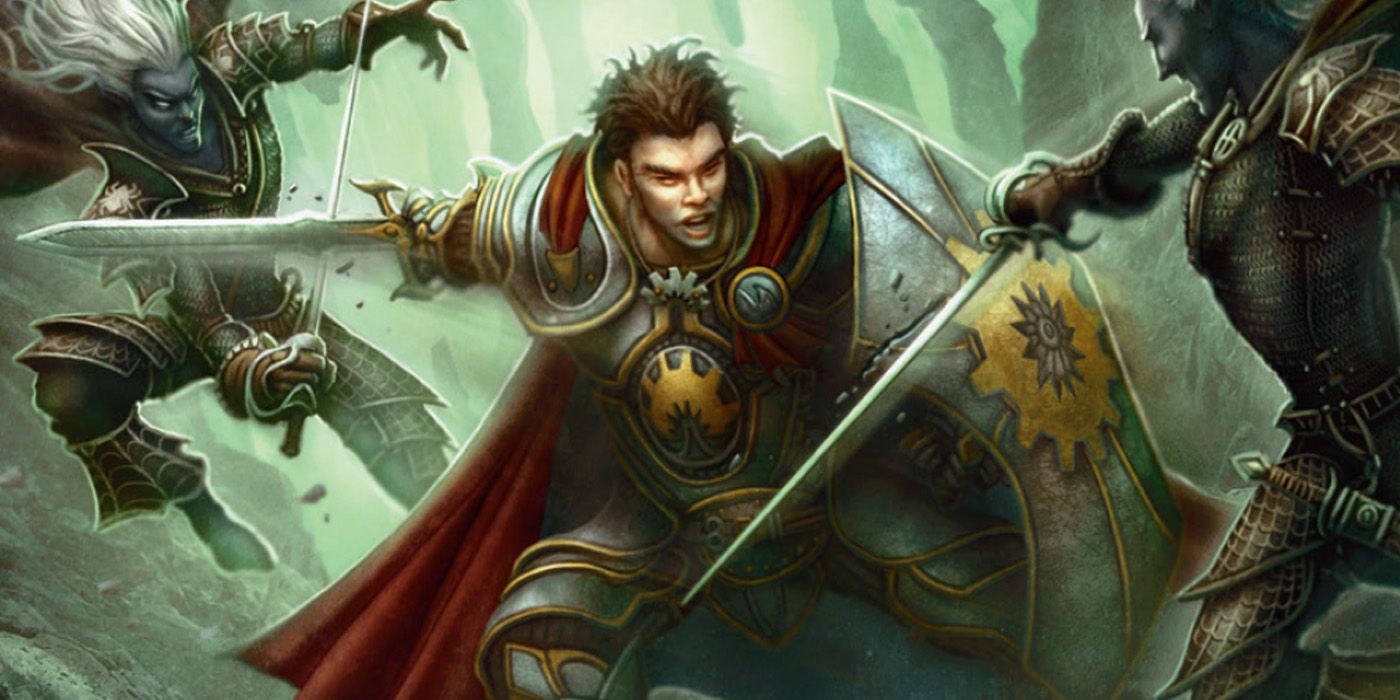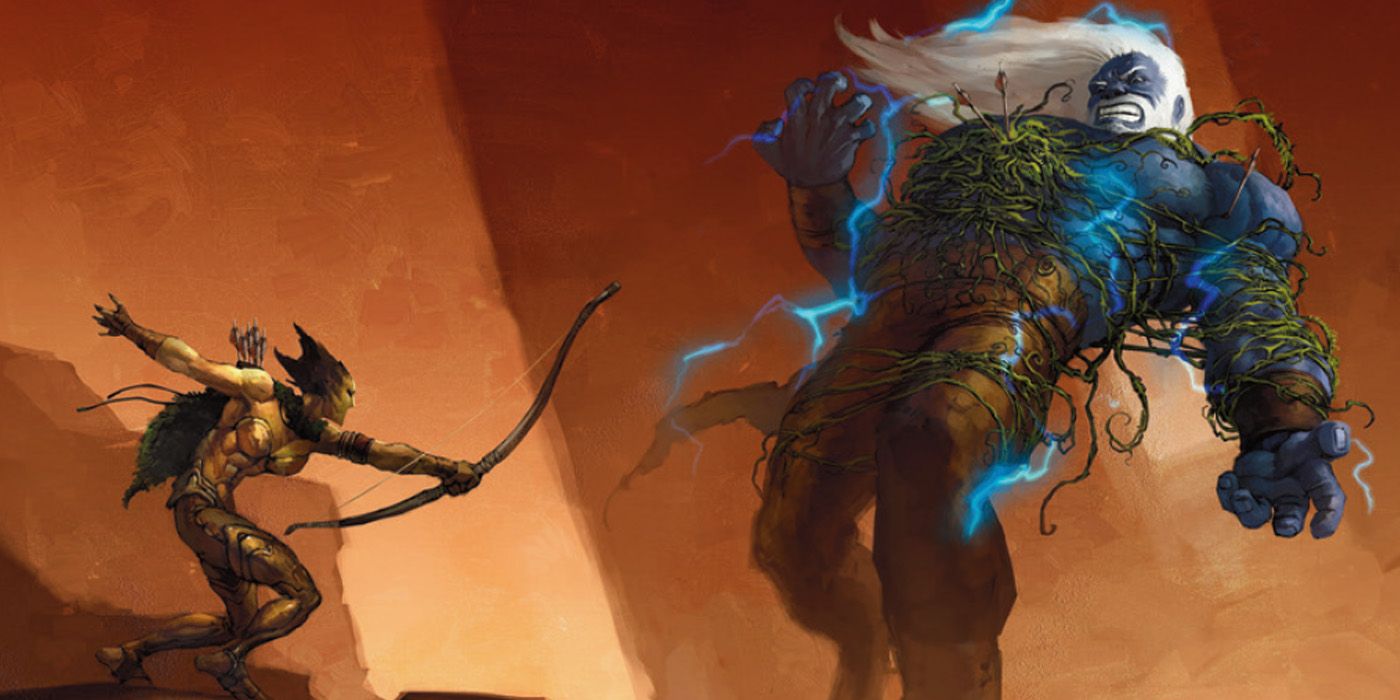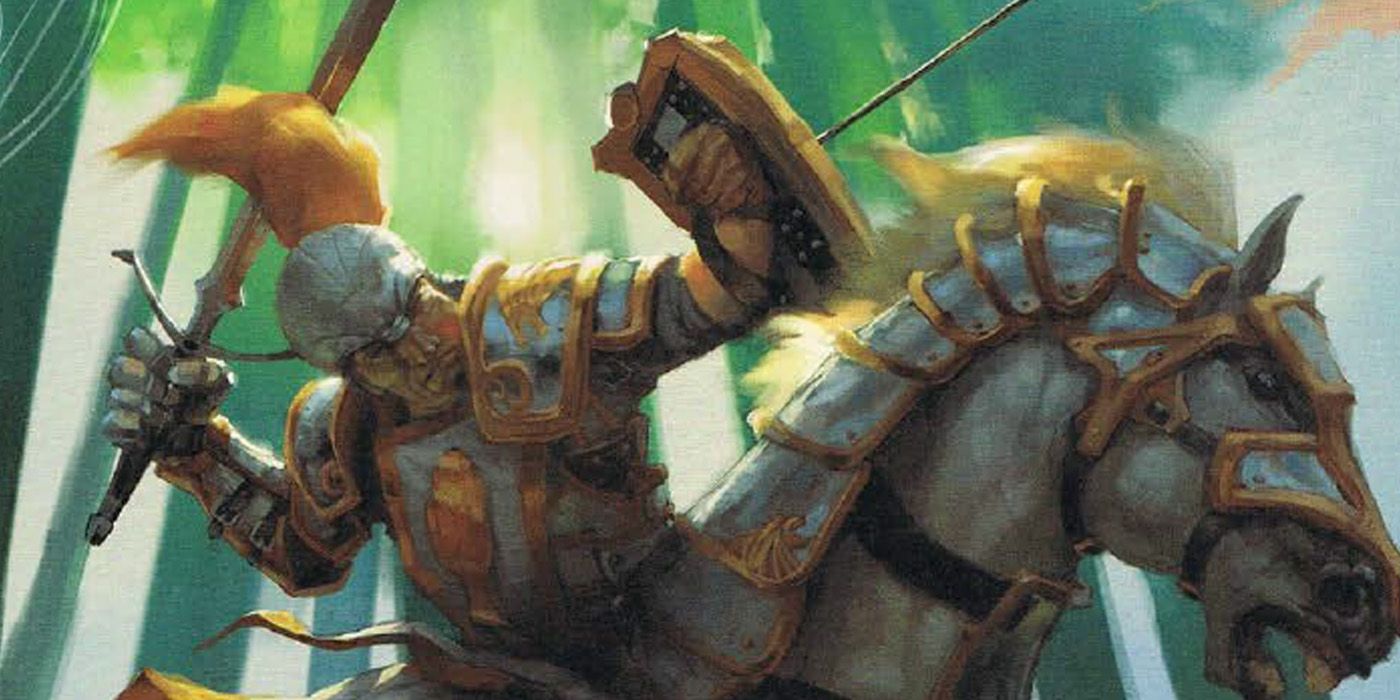Various character options such as Race, Class, and Background let Dungeons & Dragons 5e players create unique characters. However, players will eventually encounter yet another crucial moment throughout their character's progression: Feats and Ability Score Improvements (ASIs). Similar to Class Features, Feats and ASIs appear once every few levels to all characters. However, unlike Class Features that improve upon a Class, Feats and ASIs reflect a character's improvement as a creature.
Essentially, D&D characters get the option to either increase an Ability Score or acquire a special Feat. Similar to Class Features, Feats give various perks and advantages to a character. These include mild ASIs with a twist or combat options. Players might want to pay attention to certain Feats that will almost always give their characters a unique edge.
10 Alert
In D&D, the first round usually decides the flow of battle. After all, a party caught off-guard might become the target of powerful AOE spells or see themselves overwhelmed by enemy numbers. Thankfully, Alert circumvents this disadvantage — and can be deadly at the right hands. With the Alert Feat, characters remain alert in all kinds of danger. As a result, they get +5 Initiative, gain immunity to surprises as long as they're conscious, and unseen attackers don't get an advantage on attacks made to the Alert person.
For spellcasters like Wizards and Sorcerers, Alert can give them more than enough Initiative to get themselves to a safer location. Meanwhile, powerful DPS like Rogues can use this to anticipate danger and reverse ambushes.
9 Great Weapon Master
Melee powerhouses such as Barbarians, Fighters, and Paladins opt for Great Weapons due to their sheer size and firepower. Compared to swords and shields, Great Weapons such as greatswords easily have more damage potential for their aggressive tactics. Thankfully, the Great Weapon Master enhances their mastery of the Great Weapon further, allowing them to make more punishing attacks.
On the get-go, any critical attacks or killing blows they make with a Great Weapon will grant them another melee weapon attack as a bonus action. In turn, Great Weapon Masters can eliminate enemies in quick succession. If they use Great Weapons they're proficient in, they can risk a -5 Penalty to their attack roll in exchange for +10 damage if they succeed.
8 Lucky
Protagonists have "Plot Armor" that seems to save them at just the right moment. In D&D 5e, that's usually called the Lucky Feat. With this Feat, players get three Luck Points that they regain after long rests. Essentially, players can spend a Luck Point to reroll any ability check, attack roll, or Saving Throw that they make. They can do this after they roll the die but before the DM determines the outcome.
Players can also spend a Luck Point to make a "counter-roll" against an opponent's attack roll against them. The player then chooses whether the enemy uses their roll or the player. However, Luck Rolls do cancel out when multiple Lucky people use them to affect a roll. A Luck Roll can easily turn the tide of battle — stop killing blows, reverse botched rolls, make successful spellcasting rolls, and manipulate certain integral rolls to the party's favor.
7 Mage Slayer
In D&D, NPCs usually have access to multiple deadly Spells, leaving little room for players to react and stage a counter-attack. However, melee fighters with the Mage Slayer Feat can ruin any spellcaster's day with their abilities.
For instance, Mage Slayers can position themselves beside an enemy spellcaster. They can attack them as a reaction whenever they try to cast a spell. Succeeding on this attack will force the target spellcaster to suffer a disadvantage on their concentration - potentially ruining powerful spells. Mage Slayers also have an inherent advantage against Saving Throws of spells cast by creatures five feet away from them. This Feat easily becomes an ace in the hole against powerful NPCs that also turn out to be spellcasters.
6 Magic Initiate
Melee combatants often suffer disadvantages compared to the rest of the party as they don't have a lot of magical abilities. After all, their focus most likely lies on soaking damage or dealing them up close. However, Magic Initiate circumvents this caveat by transforming characters into mini-Multiclass versions of Bards, Clerics, Druids, Sorcerers, Warlocks, or Wizards.
Essentially, Magic Initiate allows players to tap into any of the aforementioned Classes and gain two Cantrips plus one 1st-Level Spell of their choice. They can cast these Spells at their lowest level, and only once per long rest. Their Spellcasting Ability for these Spells remain the same as the parent Class. In turn, anyone can have emergency healing Cantrips and Spells from a Cleric. Likewise, other melee combatants can get quick-access beginner-level long-ranged spells for prolonged incursions.
5 Mobile
Despite the straightforward nature of Mobile, this Feat does greatly benefit characters with a penchant for darting around the battlefield. Essentially, Mobile characters get 10ft more movement speed. However, their Dash action also foregoes the extra movement costs of any difficult terrain. As such, players with a penchant for scouting — such as the Wizard and their magic specialization or their Rogue and their stealth specialty — can easily reposition themselves.
Likewise, Mobile characters can also move right after an attack without provoking Opportunity Attacks. Essentially, Mobile gives damage dealers the chance to create powerful hit-and-run builds that can demolish opponents in a few turns.
4 Polearm Master
Thanks to the creative freedom in D&D, players can have their characters wield various kinds of weapons. For folks who love polearms, the Polearm Master can easily take full advantage of their weapon's capabilities. Essentially, Polearm Masters who attack with a polearm (spear, quarterstaff, halberd, glaive) can attack with the other end of the weapon as a bonus action. Both the primary attack and the second attack use the same modifiers, albeit the second attack deals d4 Bludgeoning damage.
Polearm Masters extend their Opportunity Attack range to their weapon's reach. Essentially, Polearm Masters can do Opportunity Attacks against opponents that are likely around 10 feet away from them, something that makes melee powerhouses deadlier in prolonged combat.
3 Resilient
Unlike other Feats, Resilient serves as one of the most straightforward ones that players can choose. Essentially, Resilient characters choose an Ability Score and give it a +1. Thing is, this Feat sounds like a typical Ability Score Improvement, right?
However, Resilient's best feature comes with its second trait. Players who use Resilient to raise an Ability will then get Proficiency in Saving Throws for that same chosen Ability. Essentially, players get a free Saving Throw Proficiency, which is something they should only get in character creation. In the long term, where characters get high Proficiency Bonuses, Saving Throws for Resilient's chosen stat might end up being a lifesaver.
2 Sharpshooter
With the Sharpshooter Feat, long-range specialists such as the Ranger can make otherwise-impossible shots possible under their watch. Thanks to this Feat, ranged attackers don't get disadvantage to weapon attack rolls if they attack within long range. Ranged weapon attacks now ignore three-quarters and half cover, making the idea of obstacles an impossible hindrance to ranged Sharpshooters.
Sharpshooter lifts a quality from the Great Weapon Master. Before making an attack, the Sharpshooter can choose to take a -5 Penalty to an attack roll with their Proficient weapon. If it hits, they get +10 damage to the attack. Essentially, the Sharpshooter Feat fast-tracks a character's way to becoming a ranged powerhouse.
1 Shield Master
Shield wielders such as Clerics, Fighters, and Paladins may opt to wield a shield due to their AC bonus. However, the Shield Master Feat can make shields extremely useful thanks to their various perks. For instance, Shield Masters can use their bonus action to follow-up an attack with a shove, provided the target is within five feet of them.
They can integrate their shield into other things as well. For instance, if they're the only target of a DEX-Save harmful effect, they can add the shield's AC bonus to their Saving Throw. Shield Masters can use their shield against attacks that require DEX-Saves, where they get no damage to successful Saves that deal half damage.

